Advance Spine Clinic
in Heart of Thane
For Appointments, call +91 77009 99193
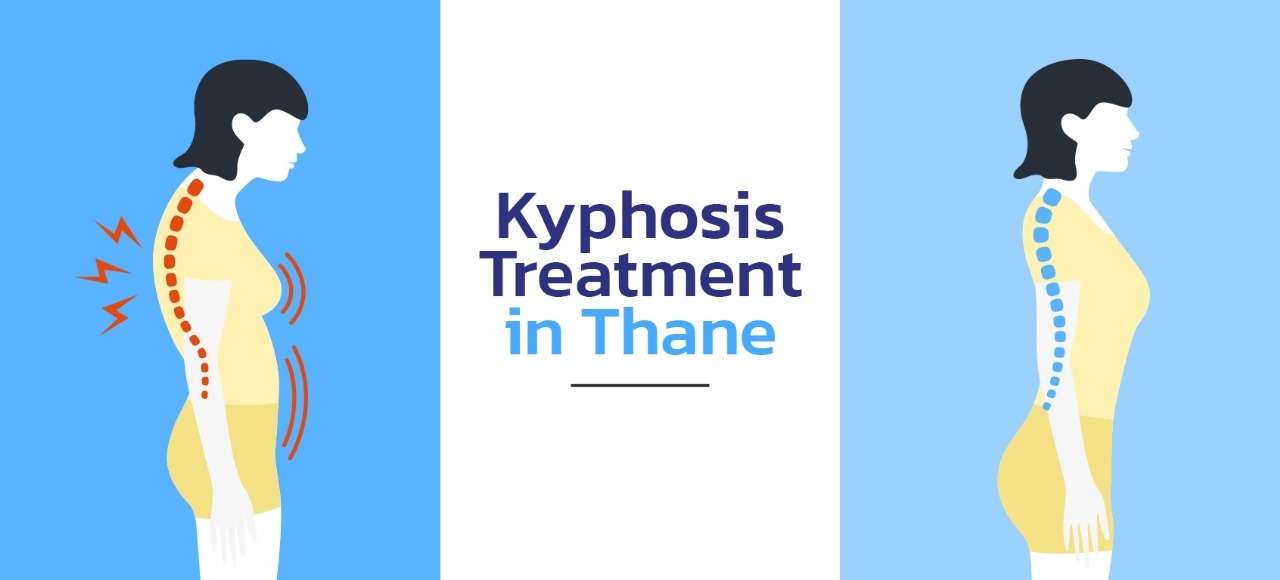
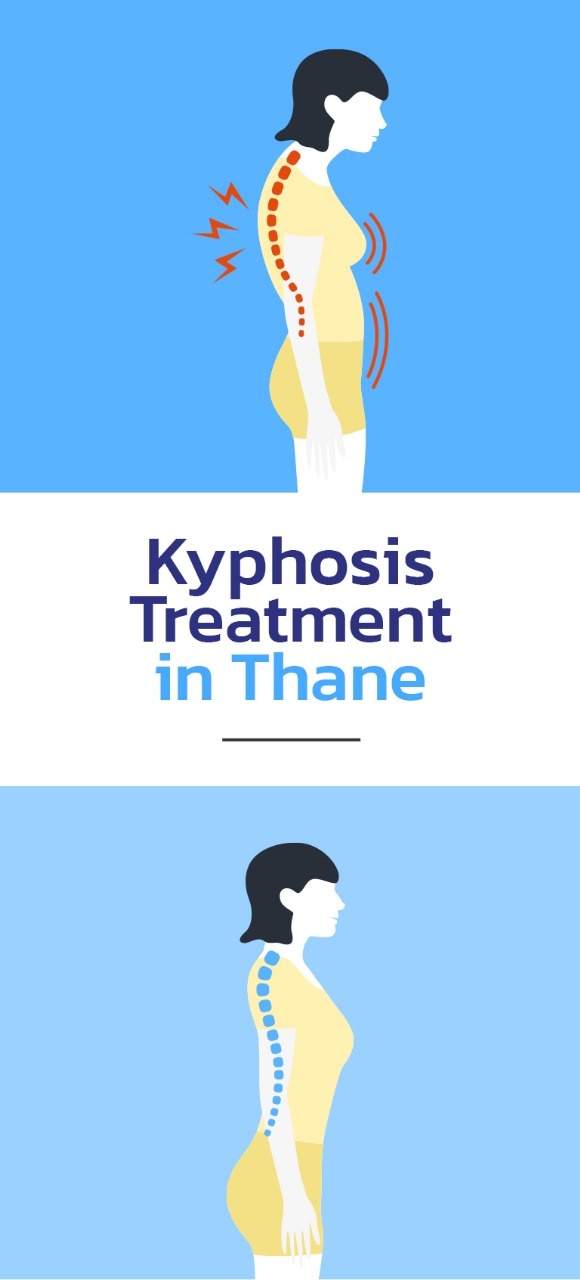
Transform Your Life with Specialized Kyphosis Treatment" | The Spine Clinic
The treatment of kyphosis, a condition characterized by abnormal spinal curvature, is readily available. Medical professionals in Thane offer a range of treatment options tailored to the severity and underlying causes of kyphosis. These treatments may include physical therapy, posture correction exercises, pain management, bracing, or, in severe cases, surgical intervention. Early detection and appropriate treatment are key to improving the quality of life for individuals with kyphosis treatment in Thane, helping them alleviate discomfort and regain better spinal alignment.
MEET DR. PRIYANK PATEL
Dr Priyank M Patel is a Co-Founder and Director of the first integrated spine organization; We Are Spine and treats patients at premiere institutions across Mumbai.
He is dedicated to investigating, evaluating, treating and educating patients with conditions of the spine and the spinal cord using advanced, conservative and sometimes traditional techniques.
Learn about various spine conditions, symptoms and treatments through our website or visit us at our clinic for a personal consultation.

16000 +
Patients
4000+
Surgeries
7+
Surgeons Team
5*
Rating
Our Services
- Sciatica
- Slipped Disc
- Scoliosis
- Kyphosis
- Cervical Spondylosis
- Broken Neck & Back
- Spinal Cord Injury
- Spondylolisthesis
- Spinal Stenosis
- Osteoarthritis
- Tumor
- Syringgomylia
- Cauda Equina Syndrome
- Ankylosing Spondylitis
Plan Your visit
Make a Appointment
Send Med. Records
Working Hours



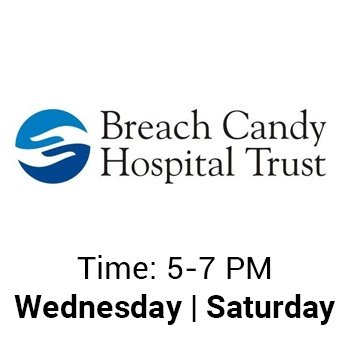
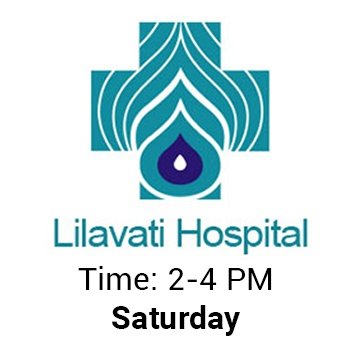
other locations
APOLLO SPECTRA HOSPITAL
Ujaynagar Compound, Main Gate, Opposite Deaonar Bus Depo, Chembur, Mumbai, Maharashtra 400088
DOCTOR HOUSE
Cumbala Hill, Pedder Road, Mumbai, Maharashtra 400026
JUPITER HOSPITAL
Eastern Express Highway, Service Road,, Next To Viviana Mall, Thane West, Maharashtra 400601
KLS MEMORIAL HOSPITAL
Narvir Tanaji Malsure Marg, Navpada, Irla,, Vileparle West, Mumbai, Maharashtra 400056
BREACH CANDY HOSPITAL
Cumballa Hill, Bhulabai Desai Road, 60A, Mumbai, Maharashtra 400026
THE SPINE CLINIC
Shop no.1, Amrutraj, Gurukul road, panchpakhadi,, Thane west., Thane, Maharashtra 400602
Our Reviews
 Nancy Peter2023-12-27Excellent Doctor. You can trust him.
Nancy Peter2023-12-27Excellent Doctor. You can trust him. yashesh sawalkar2023-09-06Best Spine Doctor ever PERIOD! I had met with an accident Dr Priyank performed by spine surgery and he is a true Idol of Compassion Kindness nothing less than God . He will not only help you medically but also mentally he did the impossible and made me stand back on my feet in less than a week. He has been in touch with me since 8 months and has seen me atleast 10 times post surgery inspite of his busy schedule each time for my follow up visit I was charged nothing but I came back happy and confidant. All the words will fall short to describe his amazing behavior and nature trust me you will be cured looking at his Smile only. I went in for a surgery and came back with a ELDER BROTHER in my life. Special thanks to his team Dr Keshav and Dr Kedar who are amazing just like him.
yashesh sawalkar2023-09-06Best Spine Doctor ever PERIOD! I had met with an accident Dr Priyank performed by spine surgery and he is a true Idol of Compassion Kindness nothing less than God . He will not only help you medically but also mentally he did the impossible and made me stand back on my feet in less than a week. He has been in touch with me since 8 months and has seen me atleast 10 times post surgery inspite of his busy schedule each time for my follow up visit I was charged nothing but I came back happy and confidant. All the words will fall short to describe his amazing behavior and nature trust me you will be cured looking at his Smile only. I went in for a surgery and came back with a ELDER BROTHER in my life. Special thanks to his team Dr Keshav and Dr Kedar who are amazing just like him. sonalika Sharma2023-02-18I had the privilege of being treated by Dr. Priyank Patel for a spinal condition and I couldn't be happier with the outcome. He is knowledgeable, professional, and compassionate. I would recommend him to anyone in need of spine surgery in Thane.
sonalika Sharma2023-02-18I had the privilege of being treated by Dr. Priyank Patel for a spinal condition and I couldn't be happier with the outcome. He is knowledgeable, professional, and compassionate. I would recommend him to anyone in need of spine surgery in Thane. Chirag Jalan2022-12-22My father Aged 64 years was suffering from fractures which were not getting healed for the last 7-8 months due to the fluid formation inside the bones. After discussing with Dr Priyank he suggested to go for Minimally invasive spine Stabilisation. We agreed to that and it’s been nearly 2 months since the surgery has been done and now I can say that my father has become pain free and somewhat independent. His pain was so much that earlier He was struggling to stand up on his own. I highly recommend Dr Priyank for any Spine matters. His warmth and care touched our heart. Big thank you to Dr Priyank and his team.
Chirag Jalan2022-12-22My father Aged 64 years was suffering from fractures which were not getting healed for the last 7-8 months due to the fluid formation inside the bones. After discussing with Dr Priyank he suggested to go for Minimally invasive spine Stabilisation. We agreed to that and it’s been nearly 2 months since the surgery has been done and now I can say that my father has become pain free and somewhat independent. His pain was so much that earlier He was struggling to stand up on his own. I highly recommend Dr Priyank for any Spine matters. His warmth and care touched our heart. Big thank you to Dr Priyank and his team. Jagvir Chouhan2022-12-19I am writing this as an expression of gratitude for an incredible management of my spine Laminectomy surgery that underwent on 24th June 2022. Prior to the surgery, I had chief complaints of consistent back locking, numbness & severe leg pulling for 2 years. Like others me & my family were also apprehensive to get a spine surgery done due to the stigma attached related to post surgery complications. It was a difficult decision for us as I am currently under medications for various other co-morbidities like Chronic Myeloid Leukemia, TIA, Migraine, etc. However, during these incidents, I must say - you have always been very approachable, a great listener, extremely compassionate towards us. You have very patiently guided us with every single query and counselled us the whole procedure and importance of getting the surgery done. Not to mention, post-operative procedures comprising of pain management, rehab activities were also handled very efficiently result of which I had a very smooth recovery. I need not had to run to do anything as everything was well organised and taken care by you and your team. It has been 6 months since my surgery was done. Along with medications & regular physiotherapy. I feel more confident to perform my day-to-day activities efficiently. Timely intervention of you along with your team members namely - Dr. Keshav, Dr. Pooja, Miss. Archana have been very impressive. They have been instrumental, incredibly responsive & brought forth the high level of professionalism & commitment that you uphold. “Doctors like you are very rare to find! You set up a great example of an Incredible Doctor. Keep up the good and great work!”
Jagvir Chouhan2022-12-19I am writing this as an expression of gratitude for an incredible management of my spine Laminectomy surgery that underwent on 24th June 2022. Prior to the surgery, I had chief complaints of consistent back locking, numbness & severe leg pulling for 2 years. Like others me & my family were also apprehensive to get a spine surgery done due to the stigma attached related to post surgery complications. It was a difficult decision for us as I am currently under medications for various other co-morbidities like Chronic Myeloid Leukemia, TIA, Migraine, etc. However, during these incidents, I must say - you have always been very approachable, a great listener, extremely compassionate towards us. You have very patiently guided us with every single query and counselled us the whole procedure and importance of getting the surgery done. Not to mention, post-operative procedures comprising of pain management, rehab activities were also handled very efficiently result of which I had a very smooth recovery. I need not had to run to do anything as everything was well organised and taken care by you and your team. It has been 6 months since my surgery was done. Along with medications & regular physiotherapy. I feel more confident to perform my day-to-day activities efficiently. Timely intervention of you along with your team members namely - Dr. Keshav, Dr. Pooja, Miss. Archana have been very impressive. They have been instrumental, incredibly responsive & brought forth the high level of professionalism & commitment that you uphold. “Doctors like you are very rare to find! You set up a great example of an Incredible Doctor. Keep up the good and great work!” Akshat jain2022-12-09Dr. Priyank Patel sir is very good Doctor , my operation of slip disc was done successfully only because of him literally he is not just a Dr. he is like a God for me ,he is very kind person and too understanding..he understands very well and solved my each and every problems related to my treatment very easily !! 💯 In my entire life first time I saw such a nice and well known Doctor , literally I am very lucky that my treatment and operation done only by Dr. Priyank sir ,he did more better that I expected ☺️☺️ about the operation. He handled my problems in a friendly manner and I became his fan actually ‼️ from this I had a blind trust on him that he will surely solve all the problems related to orthopaedic very well in easy way and the other team members Dr.keshav sir and Dr. Kedar sir both were very helpful throughout my treatment journey ,they always help me out any time on call and messages immediately when I felt doubted about anything..and talking about Dr. Priyank sir assistant Archana ma'am she's also very nice person and help me alot by giving information about the appointment and guided me alot ‼️I am so Thankful to the whole team of Dr. Priyank Patel sir because of them only now I easily able to feel better again ‼️ I am Blessed ✨that Dr. Priyank Patel sir treated my slip disc problem very easily , would suggest that he is the best and best Doctor for orthopaedic related problems.. because I am very happy after my operation. Thankyou so much Dr. Priyank sir 😇
Akshat jain2022-12-09Dr. Priyank Patel sir is very good Doctor , my operation of slip disc was done successfully only because of him literally he is not just a Dr. he is like a God for me ,he is very kind person and too understanding..he understands very well and solved my each and every problems related to my treatment very easily !! 💯 In my entire life first time I saw such a nice and well known Doctor , literally I am very lucky that my treatment and operation done only by Dr. Priyank sir ,he did more better that I expected ☺️☺️ about the operation. He handled my problems in a friendly manner and I became his fan actually ‼️ from this I had a blind trust on him that he will surely solve all the problems related to orthopaedic very well in easy way and the other team members Dr.keshav sir and Dr. Kedar sir both were very helpful throughout my treatment journey ,they always help me out any time on call and messages immediately when I felt doubted about anything..and talking about Dr. Priyank sir assistant Archana ma'am she's also very nice person and help me alot by giving information about the appointment and guided me alot ‼️I am so Thankful to the whole team of Dr. Priyank Patel sir because of them only now I easily able to feel better again ‼️ I am Blessed ✨that Dr. Priyank Patel sir treated my slip disc problem very easily , would suggest that he is the best and best Doctor for orthopaedic related problems.. because I am very happy after my operation. Thankyou so much Dr. Priyank sir 😇
What is Kyphosis?
Kyphosis, colloquially known as “hunchback” or “round back,” is a spinal condition characterised by an excessive forward curvature of the upper back. This can lead to a noticeable rounding of the spine, causing various symptoms and discomfort.
Understanding Kyphosis and Spine Anatomy
Cervical Spine
Located in the uppermost part of the spine, the cervical spine comprises seven vertebrae labeled C1 to C7.
Thoracic Spine
Situated in the mid-back, the thoracic spine encompasses twelve vertebrae, numbered from T1 to T12.
Lumbar Spine
Located in the lower back, the lumbar spine consists of five vertebrae, designated as L1 to L5.
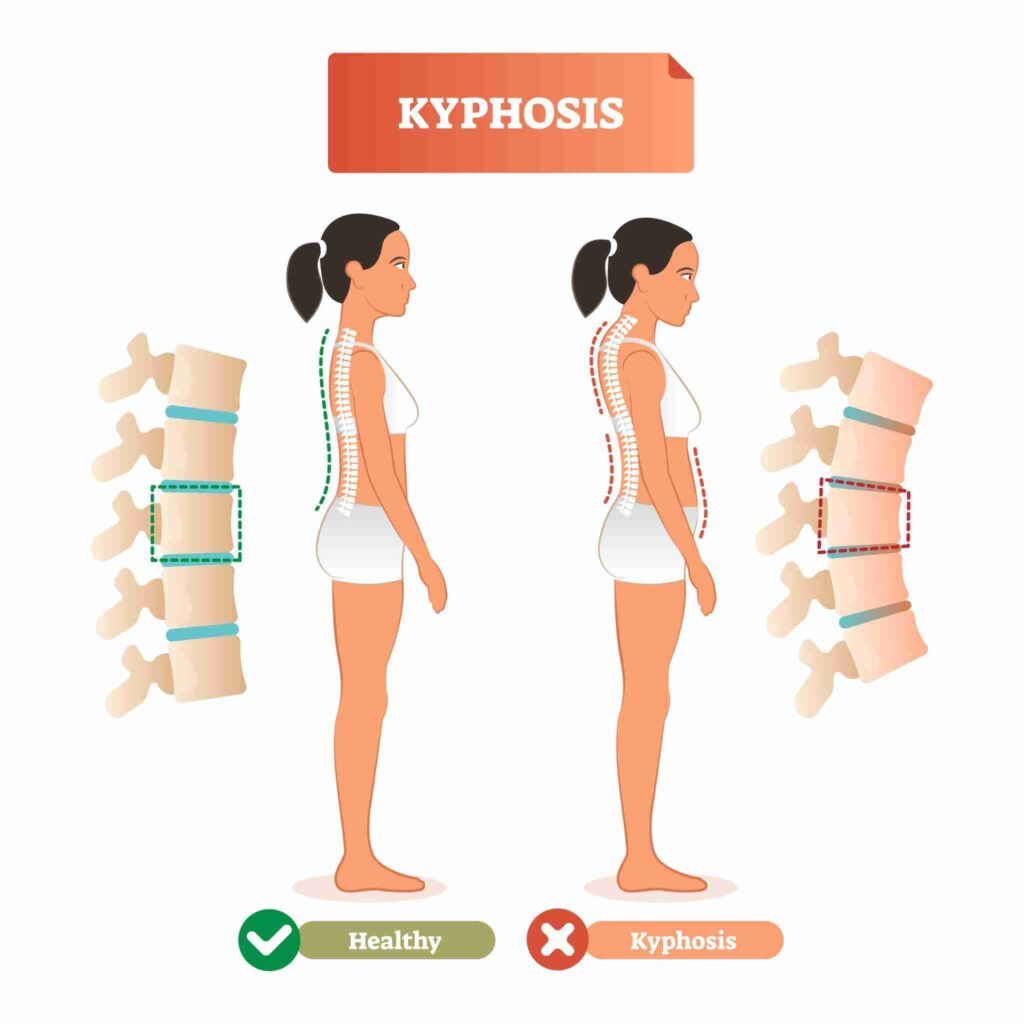
Different Types of Kyphosis: Causes and Symptoms

Postural Kyphosis
- Causes: Postural kyphosis often develops due to poor posture, especially in adolescents. It is associated with habits like slouching or carrying heavy backpacks
- Symptoms: Typically, postural kyphosis doesn’t cause pain or discomfort. It results in a rounded upper back and shoulders, but the spine is flexible and can be corrected with improved posture.
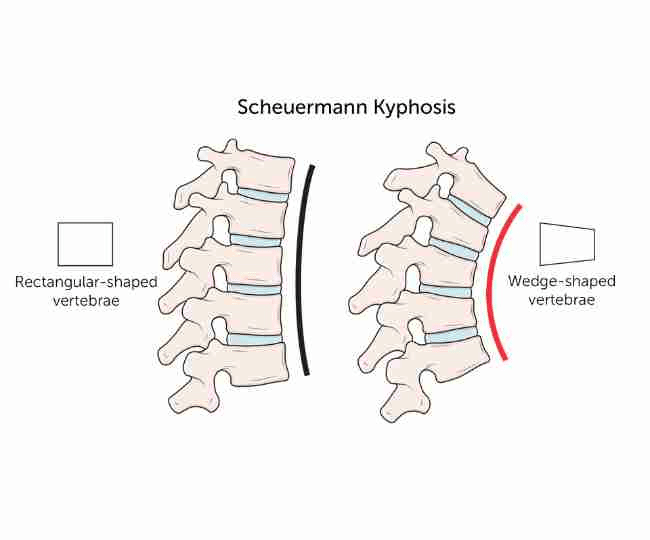
Scheuermann's Kyphosis
- Causes: Scheuermann’s kyphosis is a hereditary condition that affects adolescents during their growth spurt. It is caused by the wedging of vertebrae in the upper back.
- Symptoms: Patients with Scheuermann’s kyphosis often experience back pain and have a noticeable hunch in the upper spine. The curvature is rigid and not easily correctable with posture changes.

Congenital Kyphosis
- Causes: Congenital kyphosis is present at birth and is typically the result of abnormal spinal development during fetal growth.
- Symptoms: Symptoms can vary but often include a visible hump on the back. Congenital kyphosis may also be associated with other congenital spine abnormalities.

Post-Traumatic Kyphosis
- Causes: Post-traumatic kyphosis occurs after a spinal injury, such as a fracture or dislocation, which disrupts the normal spinal curvature.
- Symptoms: Symptoms may include pain, instability, and a noticeable change in spinal alignment following the traumatic event.
Senile Kyphosis
- Causes: Senile kyphosis, also known as age-related kyphosis, is primarily a result of the aging process, including degenerative changes in the spine, osteoporosis, and muscle weakness.
- Symptoms: This type of kyphosis often leads to a forward stoop, loss of height, and may be associated with back pain.
Neuromuscular Kyphosis
- Causes: Neuromuscular kyphosis is linked to conditions affecting the neuromuscular system, such as cerebral palsy or muscular dystrophy.
- Symptoms: Patients with this type of kyphosis may experience muscle weakness, difficulty in mobility, and a pronounced curvature of the spine.
Diagnosis of Kyphosis
Physical Examination
Diagnosis typically starts with a thorough physical examination. This includes visual assessment of the back, evaluating posture, checking for tenderness or pain in the spine, and assessing the range of motion.
Review of Medical History
A detailed review of the patient’s medical history is conducted. This helps identify any past injuries, surgeries, medical conditions, or family history related to spinal issues.
Imaging Tests
To confirm and assess kyphosis, imaging tests are commonly used, such as X-rays and MRIs. X-rays provide detailed spine images to measure curvature, while MRIs offer more comprehensive views, including soft tissues and potential underlying conditions.
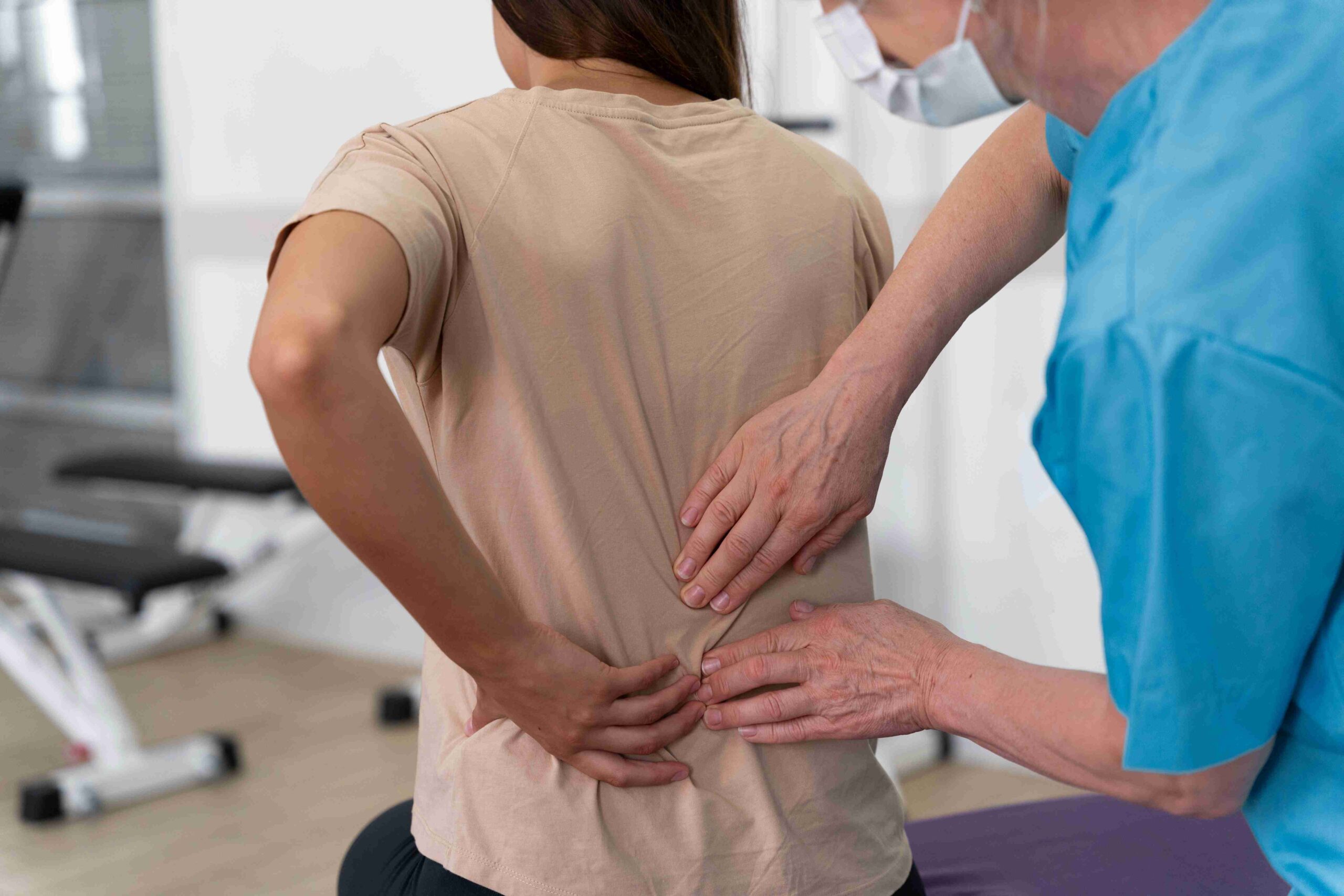
Treatment for Kyphosis
We have Both surgical and non-surgical treatment options for kyphosis:
Non-Surgical Treatment
- Physical Therapy: Customized exercises to improve posture and strengthen spine-supporting muscles.
- Bracing: Rigid or semi-rigid braces for adolescents with moderate kyphosis.
- Medication: For kyphosis linked to osteoporosis, medications to strengthen bones and prevent fractures.
- Pain Management: Over-the-counter or prescription pain relief for discomfort and chronic pain.
- Lifestyle Modifications: Promoting good posture, regular exercise, and avoiding activities straining the spine.
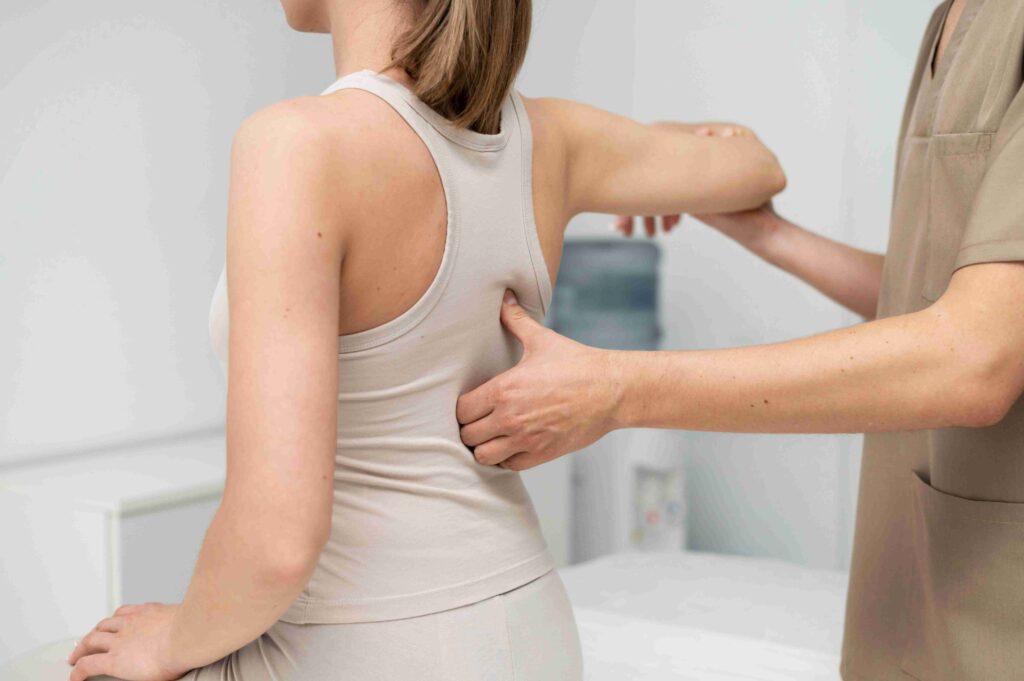
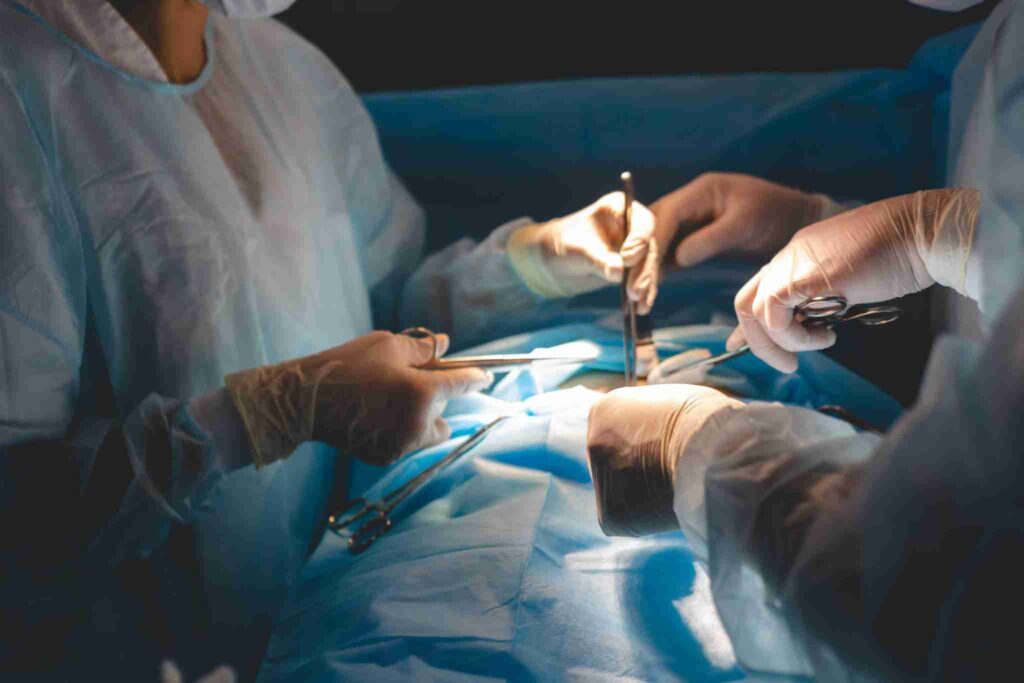
Surgical Treatment
- Spinal Fusion: Severe cases of kyphosis may require surgical intervention. Spinal fusion is a corrective surgery that involves fusing vertebrae using implants or bone grafts. This procedure helps to stabilize the spine and reduce curvature, improving overall spinal alignment.
- Instrumentation: Metal rods, screws, and hooks are often used in conjunction with spinal fusion to provide additional stability. These instruments support the spine during the healing process, ensuring the correction remains intact.
- Vertebral Osteotomy: In cases of severe curvature, vertebral osteotomy is performed. This procedure involves the removal of wedges from the affected vertebrae to correct the abnormal curvature, thereby restoring a more natural spinal alignment.
Cost of Kyphosis Treatment in Thane
The cost of kyphosis treatment can vary significantly based on factors such as the type of treatment required, its complexity, and the healthcare facility chosen. It is advisable to consult with healthcare providers or medical facilities in Thane for detailed cost estimates and information about available treatment options.
If you’re looking for Kyphosis treatment in Thane, Dr. Priyank Patel is kyphosis Specialist doctor in thane who offers comprehensive care tailored to your specific needs. This guide has provided valuable information about Kyphosis, its types, symptoms, diagnosis, and treatment options. Feel free to reach out for a consultation and take the first step towards a healthier spine and improved quality of life.
Spine Clinic in Thane is dedicated to providing specialized care for spine patients. Our team of experienced staff, led by Dr. Priyank Patel who is kyphosis Specialist Surgeon in Thane , ensures that you receive the highest quality treatment for your spine-related concerns. Trust us as your go-to Orthopaedic Spine Doctor in Thane and the preferred Spine Clinic in Thane. Your spine health is in expert hands with Dr. Priyank Patel, the trusted “Backbone Doctor” in Thane.
The Spine Clinic, where your spine health is our top priority. Dr. Priyank Patel, renowned as a leading Spine Specialist Doctor in Mumbai and the Best Spine Surgeon in Mumbai, proudly heads our department in Thane. With a wealth of experience, Dr. Patel excels in managing acute and chronic spine conditions through medication, physiotherapy, or surgery.
fREQUENTLY ASKED QUESTIONS
Postural Kyphosis can often be prevented with good posture habits and regular exercise. However, other forms may not be preventable.
No, surgery is not always necessary. Many cases can be managed with conservative treatments like physical therapy and bracing.
Recovery time varies, but patients may need several months to fully heal and regain mobility.
Having a hunchback, or kyphosis, refers to an excessive upper back spine curvature. It can lead to health issues and discomfort.
Kyphosis isn’t usually fully curable but can be managed through physical therapy, exercises, and surgery to improve spinal alignment.
Yoga is a helpful complementary therapy for kyphosis, improving flexibility, strength, and posture to alleviate discomfort.
Kyphosis causes include poor posture, age-related disc degeneration, osteoporosis, congenital factors, Scheuermann’s disease, and spinal injuries.
Kyphosis is an upper back hunch, while lordosis is an excessive inward lower back curve.
Surgical options for structural kyphosis include spinal fusion, osteotomy, and disk removal, performed by orthopedic or spine surgeons for severe cases.
Website is Designed and Handle by Hopeland Healthcare
